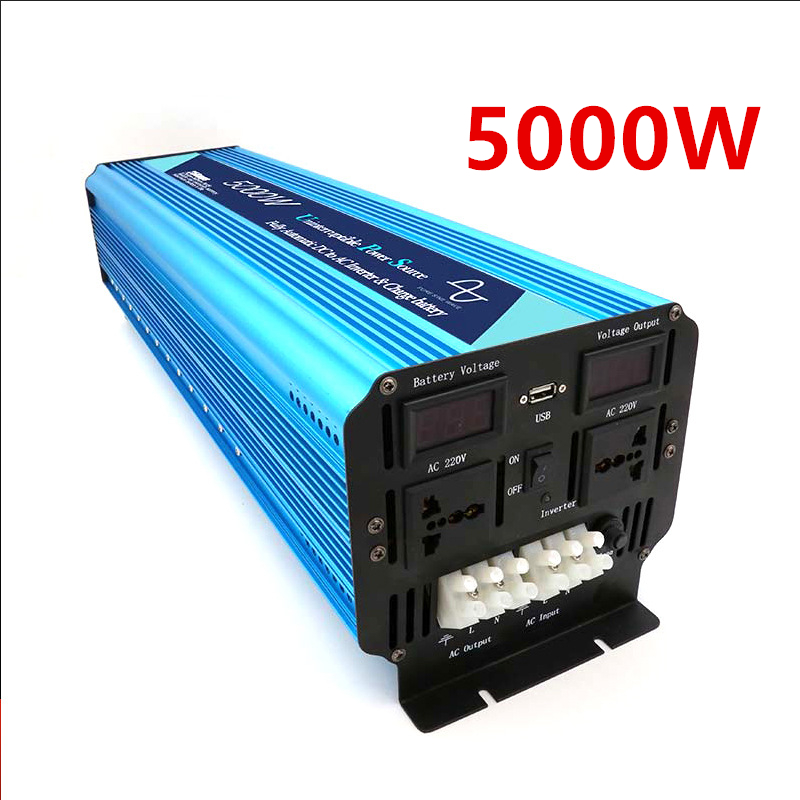 English
English Español
Español  Português
Português  русский
русский  Français
Français  日本語
日本語  Deutsch
Deutsch  tiếng Việt
tiếng Việt  Italiano
Italiano  Nederlands
Nederlands  ภาษาไทย
ภาษาไทย  Polski
Polski  한국어
한국어  Svenska
Svenska  magyar
magyar  Malay
Malay  বাংলা ভাষার
বাংলা ভাষার  Dansk
Dansk  Suomi
Suomi  हिन्दी
हिन्दी  Pilipino
Pilipino  Türkçe
Türkçe  Gaeilge
Gaeilge  العربية
العربية  Indonesia
Indonesia  Norsk
Norsk  تمل
تمل  český
český  ελληνικά
ελληνικά  український
український  Javanese
Javanese  فارسی
فارسی  தமிழ்
தமிழ்  తెలుగు
తెలుగు  नेपाली
नेपाली  Burmese
Burmese  български
български  ລາວ
ລາວ  Latine
Latine  Қазақша
Қазақша  Euskal
Euskal  Azərbaycan
Azərbaycan  Slovenský jazyk
Slovenský jazyk  Македонски
Македонски  Lietuvos
Lietuvos  Eesti Keel
Eesti Keel  Română
Română  Slovenski
Slovenski  मराठी
मराठी  Srpski језик
Srpski језик
Terms related to UPS power supply
2022-10-18

Noise (electrical line noise) : refers to radio frequency *(RFI) and electromagnetic *(EFI) and other high frequency *, motor operation, relay action, motor controller work, broadcast emission, microwave radiation, and electrical storm, will cause noise.
Frequency variation (frequency variation) : refers to the change of the mains frequency more than 3Hz, which is mainly due to the unstable operation of the emergency generator, or by the frequency of unstable power supply.
brownout: indicates that the effective voltage of the mains is lower than the rated value for a long time. The causes include startup and application of large equipment, switching over of the main power line, starting of a large motor, and line overload.
Mains interruption (powerfai1) : refers to the mains interruption that lasts for at least two periods to several hours. The causes are as follows: circuit breaker trip, mains supply interruption, and power grid fault.
: SNMP is the simple network management protocol (Simple Network Management Protocol) of English abbreviations. This means that computers and peripheral devices can be directly connected to the network without the computer and managed by the network system. An advanced UPS usually has an optional SNMP network management interface, which enables the UPS to easily connect to the network.
IGBT: is the abbreviation of Insulated Gate Bipolar Transistor. IGBT IS A KIND OF POWER CRYSTAL, THE UPS designed BY this crystal can effectively improve the product efficiency, so that the power quality is good, high efficiency, less heat loss, low noise, small size and long product life and other advantages.
Isolation transformer: it refers to the instrument and equipment used with the general UPS, often because of the electrical characteristics of zero ground voltage, and cause the instrument and equipment * or misoperation problems. In order to avoid this situation, some high-order UPS is designed for this problem, the isolation transformer design of UPS, with special design, can make the output of the zero ground voltage is less than 1 volt to avoid the above problems, in addition, more noise filtering and other functions.
AVR: is the abbreviation of Automatic Voltage Regulation. AVR means automatic voltage adjustment, that is, the UPS for the input voltage through the internal output transformer coil turns adjustment or power electronic components processing, to achieve a wide range of mains input and stable output voltage characteristics.
Power adjustment rate: output voltage stabilization accuracy when input changes.
Communication protocol: The common rules of data exchange between interconnected devices.
SNMP: Short for Simple Network Management Protocol (SNMP). It is used to monitor, query faults, and control TCP/IP networks and provides user data programming.
Input frequency range: The standard frequency of China's power grid is 50Hz. The UPS allows the frequency of the mains to vary within a certain range. Within this range, the UPS synchronously tracks the frequency of the mains.
We use cookies to offer you a better browsing experience, analyze site traffic and personalize content. By using this site, you agree to our use of cookies.
Privacy Policy





